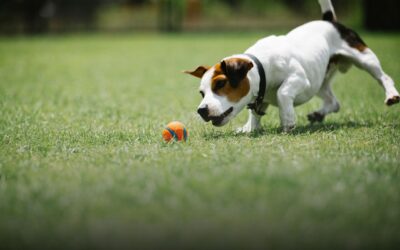
Houston, like many urban areas, has seen a significant decline in its wildlife population due to the growth and expansion of human activity. As more land is developed for buildings, roads, and other infrastructure, habitats for local wildlife are destroyed, and their food sources become scarce.
However, one solution that has been gaining popularity in recent years is the use of artificial turf in Houston. Artificial turf, also known as synthetic grass, is a man-made surface that resembles natural grass. In this blog post, we will explore the positive impact of artificial turf in Houston on local wildlife.
The Problem with Natural Grass
Natural grass is an important part of many ecosystems, but it can be a challenge to maintain in urban areas like Houston. Maintaining a healthy natural grass lawn requires regular watering, fertilizing, and mowing. This process can be time-consuming and expensive, and it can also contribute to water waste and pollution. Additionally, natural grass lawns provide little to no habitat for local wildlife, making it difficult for them to thrive in urban areas.
The Benefits of Artificial Turf
Artificial turf from reputable companies like Realturf USA is an eco-friendly alternative to natural grass that has numerous benefits for both humans and wildlife. One of the most significant benefits of artificial turf is that it requires very little maintenance. Unlike natural grass, artificial turf does not need to be watered, fertilized, or mowed, which reduces water waste and pollution. Additionally, artificial turf provides a suitable habitat for many species of wildlife, including birds, insects, and small mammals.
The Positive Impact on Local Wildlife
Chicago artificial turf can provide a habitat for local wildlife that is not found in natural grass lawns. This is because artificial turf is typically made of synthetic materials that are not attractive to pests and insects, which can provide a safe haven for smaller wildlife species. Additionally, artificial turf can provide a food source for many species of wildlife, such as insects, which can be attracted to the surface of the turf.
In addition to providing habitat and food sources for wildlife, artificial turf can also reduce the amount of pollution and erosion that can occur in natural grass areas. artificial turf can help reduce erosion by providing a stable, non-slip surface that is not susceptible to washout during heavy rain.
Conclusion
The use of artificial turf in Houston can have a positive impact on local wildlife. By providing a habitat and food source for local wildlife, as well as reducing pollution and erosion, artificial turf can help promote a healthier ecosystem in urban areas. As the popularity of artificial turf continues to grow, we can expect to see more positive impacts on both humans and wildlife.







